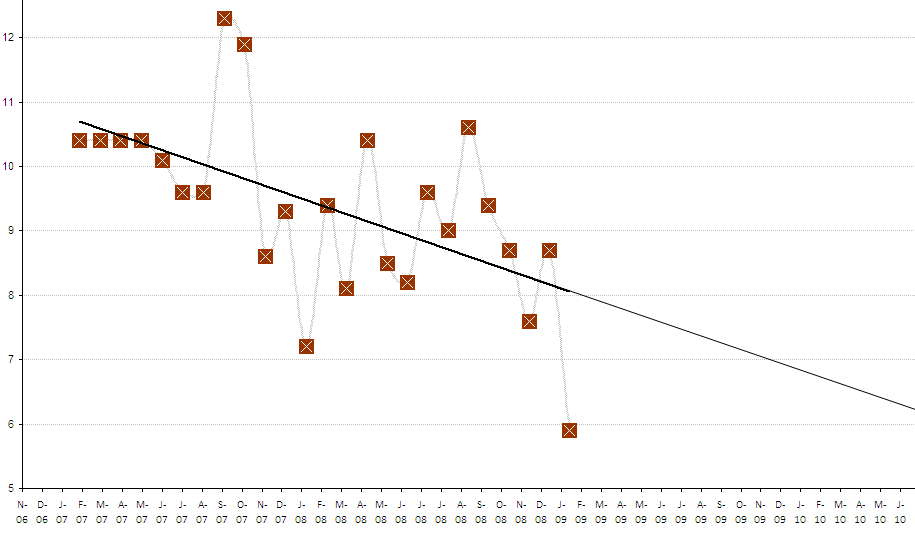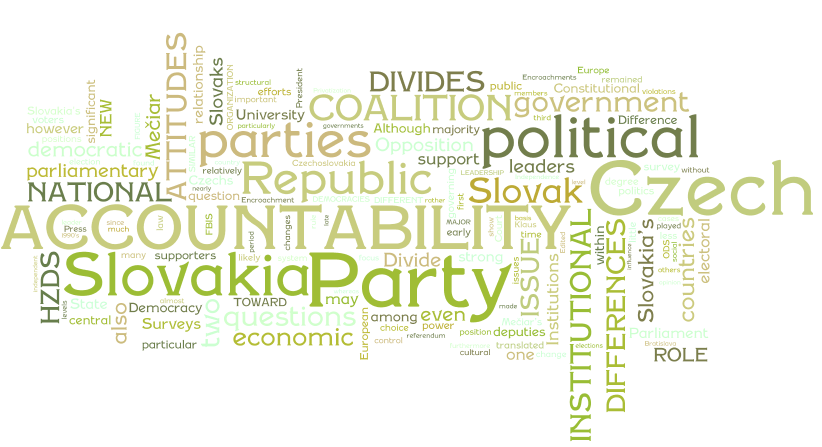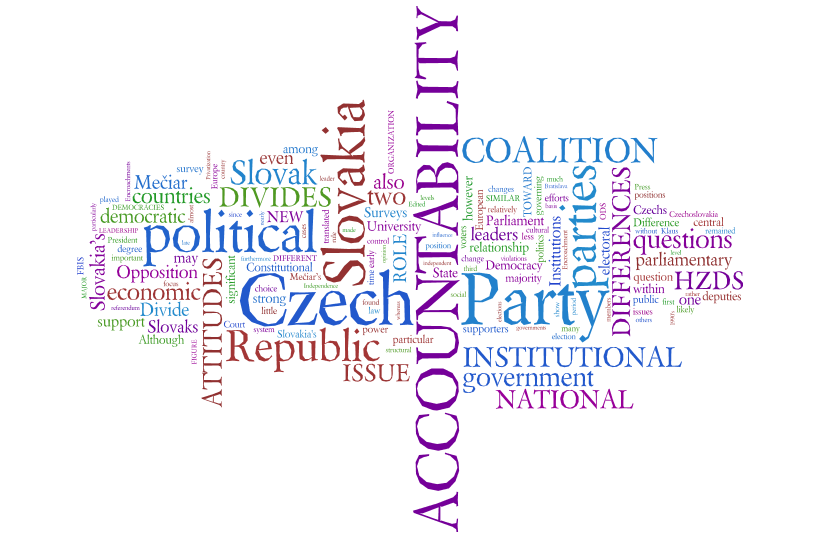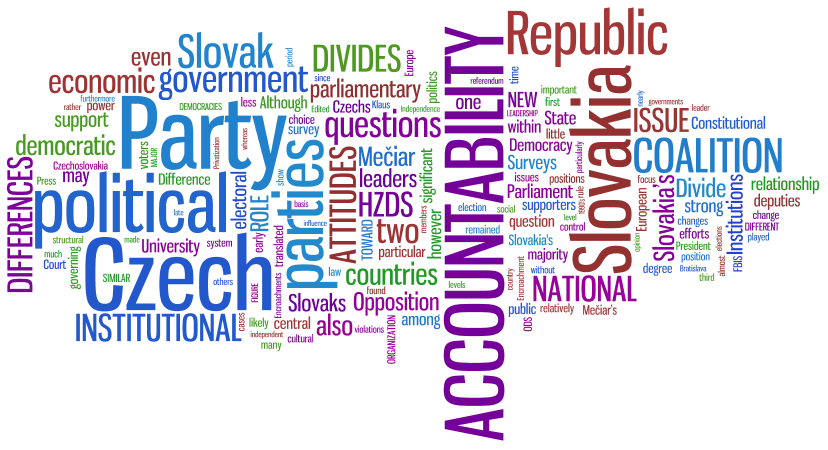January 2009 poll comparisions and averages
I should have known to wait for the FOCUS numbers to come in before writing yesterday’s post. FOCUS is coming in much more quickly these days. This month, however, one or the other would have been enough as the results are strikingly similar. The two polls show the same trends for every major party.
For Smer the two moved in the same direction, almost perfectly. Gone may be the day when FOCUS was much lower than UVVM on numbers for Smer. Whether this is the result of a shift in network, methodology or the end of a long string of chance differences, I cannot say. (Anyone know the answer?). This month showed a decline from a peak in both.
For SDKU the resultsof the two polls have been shockingly close for three months now. SDKU has stabilized, perhaps helped a bit by Radicova’s presidential campaign (perhaps not).
This graph of recent results for SNS shows a fairly wide divergence but similar trending–very slowly downward since December.
This graph of recent results for MK shows a slight rise in both polls, though the 2% gap is wide for such a small party.
The two polls’ numbers for HZDS are (as they have been) incredibly similar. HZDS has reached its lowest recorded numbers in both polls (though with FOCUS this represents a tie with its numbers from August 2008).
This results for KDH show greater similarity between polls than during much of last year. Both polls have shown essentially identical results for January and February and this time it is good news for KDH which has risen in both, even after its vice-chair Daniel Lipsic raised a storm by talking about his party’s participation in the “buying” of deputies during the previous parliamentary term.
This graph of recent results for KSS shows little change from last month with the two polls placing the party in its traditional zone between 2 and 3%.
This graph of recent results for SF shows a small gain in both surveys moving it toward 3%, up notably from its nadir a year ago at less than 1%. The party’s gains have been steady, so it is difficult to attribute this solely to the increased visibility due to party chair Martinakova’s presidential bid, but this may help.
The two other oft-polled parties, remain insignificant. ANO broke 1% for the first time in 5 months in the FOCUS poll but was nearer to zero in the UVVM poll; after some respectable (for it) showings around 2% in the past months, HZD is back at around 1% in both polls.
Finally, FOCUS has decided to continue with its addition of small parties–KDS, ZS and LIGA. Each of these parties did better than in the previous month of polling by FOCUS: ZS rose from 0.4% to 1.0%, almost identical to its 1.1% result in UVVM polls. KDS rose from 0.3% to 0.6% (at the same time that KDH rose several points) in the FOCUS poll. LIGA rose from 0.3% to 0.4%. So far SaS is present on the polling list only of MVK and we do not have MVK numbers for January or February.
Since the two polls showed such similar results, averaged all together it is almost indistinguishable from yesterday’s report on UVVM. Smer leads, SDKU stays stable, SNS and HZDS drop slightly, KDH and SMK rise.
This means that the coalition stops its climb and the opposition stops its fall and so we are back almost exactly to mid-2008, though with HZDS a bit weaker and Smer a bit stronger.
The only really noteworthy result of analysis by bloc is that the “Slovak National” bloc falls to its lowest recorded levels (around 18%). I doubt that these voters have lost their national sentiment, but they may have shifted to KSS or Smer (or even KDS?) which are not exclusively nationally oriented.
This month’s distribution of parliamentary seats shows that this all makes little difference so far in the big picture. As always, Smer can form a government with only one partner (and since the numbers putting Smer with a simple majority last month were unlikely to be reached in an actual election, this is the way it has been essentially since the 2006 election.)
As always, the actual polling numbers are available online at Google Docs:
http://spreadsheets.google.com/pub?key=pdhlCClsiyAMi39bLFpY_Zg
And the most recent three months are below in tabular format (using “iframe” which may not work on all browsers).
<br />









